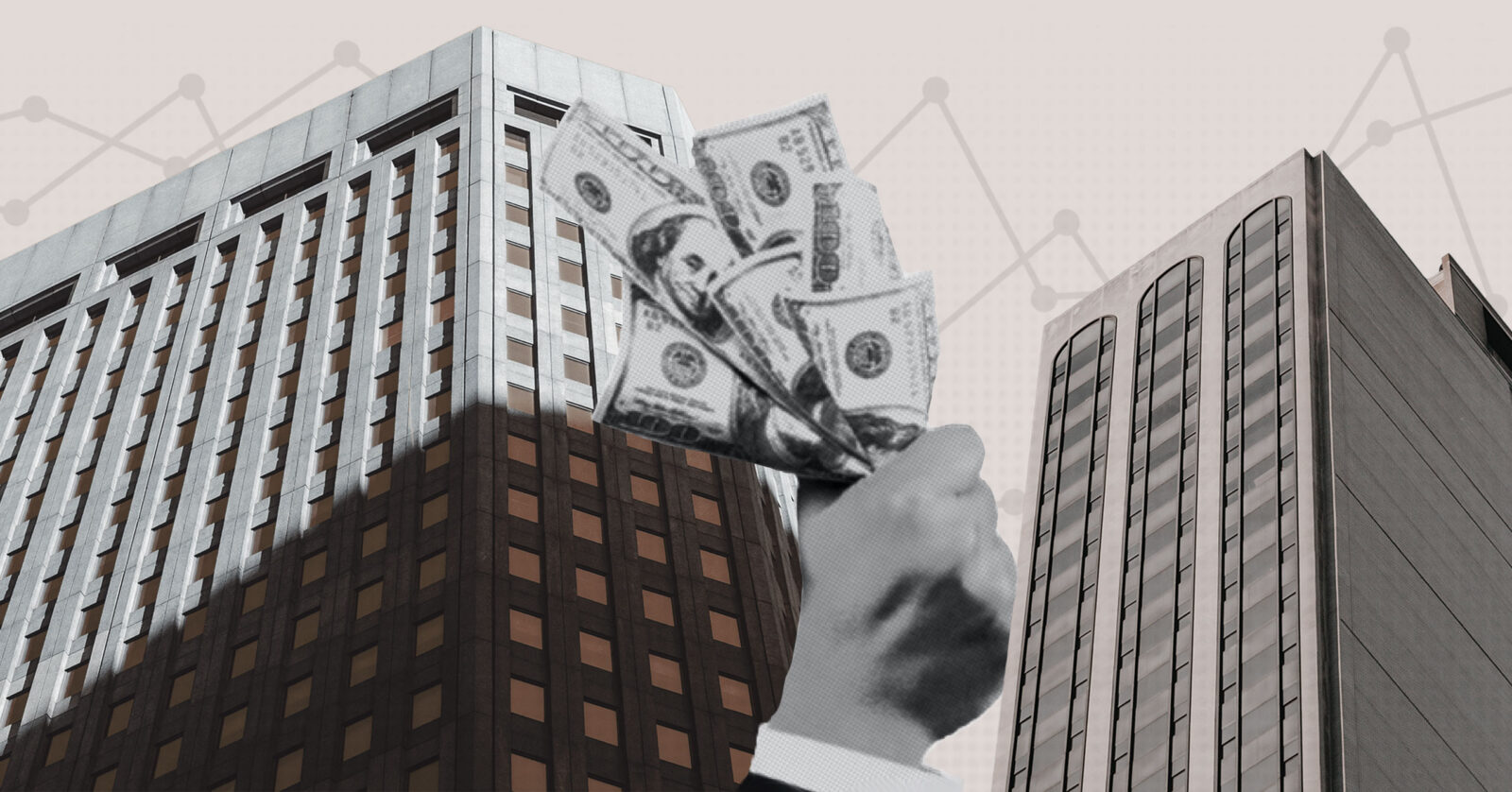What Happens When the BSP Hikes Interest Rates Amid Worsening Inflation?

The Bangko Sentral ng Pilipinas (BSP) will continue to hike its key policy rates in the first half of 2023 due to elevated inflation. Here’s how it’ll impact Filipinos.
At the beginning of February 2023, the US Federal Reserve (Fed)—or the central bank of the United States of America—announced a 25 basis point (bps) interest rate hike. From 4.5%, they pushed their interest rate to 4.75% to mitigate their inflation. According to CNBC Market Alert, this is the 8th hike since March 2022.
Despite the Fed’s move, the Bangko Sentral ng Pilipinas (BSP) stated that they will focus more on the Philippines’ inflation, rather than match the Fed’s recent monetary policy. “Next meeting will focus on inflationary expectations in PH—not the Fed’s 25-bps rate increase,” BSP Governor Felipe Medalla said.
With less pressure to match US rate hikes last January, the BSP was feeling positive, since the Peso WAS going strong against the Dollar. However, the Peso touched the low of PHP 53 last Friday with a year-to-date (YTD) performance of 1.55%. Moreover, the local unit is gradually recovering as compared to its weakest exchange rate of PHP59 in October 2022.
“Think with peso stabilizing, oil prices falling, and relatively mild La Niña [less unpredictable weather in the first half of the year]. I expect the deceleration of prices to start in Q1 of 2023,” Finance Secretary Benjamin Diokno said, as reported by PNA.
However, things went in the other direction. BSP announced that inflation rose to 8.7% in January—exceeding its forecast of 7.5 to 8.3%. Amidst BSP and DOF’s enthusiasm, the Monetary Board announced last February 16 a new policy wherein the interest rates will be increased to 50 bps.
Because of the current state of domestic inflation, there is a possibility that BSP will continue to raise interest rates by another 50 bps in its next meeting in May. What’s more, there are predictions that the interest rate will climb up to 6.5 percent—exceeding the expectation of only 6%.
How This Affects the Regular Filipinos
Last July 2022, a consumer could buy one kilo of red onions for just PHP 100. Six months later, the price shot up to PHP 700 per kilo. This is a perfect example of how inflation works. It is a fact of life that prices of goods and services eventually increase over time. Because of this, the purchasing power of a consumer decreases.
Meanwhile, the minimum salary of a Filipino worker in NCR is just around PHP 500 per day. Yet until now, there is no news of it increasing anytime soon, given that the global economy is still in a crisis. And if a basic good like onion rapidly increases its price over a short period, the purchasing power of a regular Filipino cannot catch up. This is where the government must intervene to ease the pain of its citizens.
How so? Every country’s central bank monetary board meets several times yearly to set a monetary policy. In the Philippines’ case, the BSP monetary board decides how the country will control the monetary supply and how it will achieve economic growth.
According to Investopedia, Gross Domestic Product (GDP), inflation rate, and industry or sector growth rates affect the policy. This means that the monetary board will decide to adjust interest rates depending on these factors.
“Central banks raise interest rates to curb accelerating inflation and safeguard price stability,” the Asian Development Bank (ADB) explained. “The higher interest rate set by the central bank pushes up the lower limit for lending rates to firms and households, disincentivizing their consumption and investment. In turn, this reduces aggregate demand in the economy, thus lowering inflationary pressures.”
Thus, the monetary board should act on a contractionary policy in the country’s current economic environment, especially with inflation increasing. By increasing interest rates, prices can be stabilized and consumers are encouraged to save money.
How the PH Government Plans to Mitigate Inflation
President Ferdinand Marcos Jr said in a video message released by the Presidential Communications Office that it was “unfortunate” that the inflation rate has continued to increase to 8.7%. He further stated that the government has already taken measures to decrease prices. Through Executive Order No. 10, the President has temporarily reduced import restrictions.
“As I said, the importation of many of the agri-products which have been a large part of the inflation rate as we have already taken some measures so that the supply will be greater and so that will bring the prices down but that will take a little time,” Marcos Jr. stated.
At the end of his video message, the President also expressed his optimism that the inflation rate will be lower by the second quarter of 2022. He added that January’s inflation rate is going to be at its peak.




